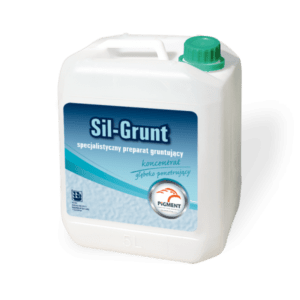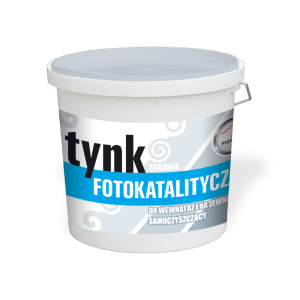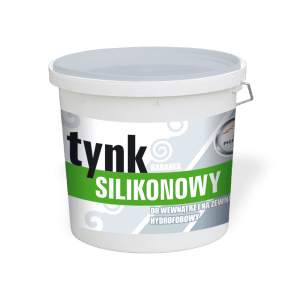Ready-to-use solutions
Healthcare

A unique area of application for construction chemicals is what is generally referred to as “healthcare facilities”. The requirements for construction products used in this sector are established in the Polish Regulation of the Minister of Health dated 10 November 2006 and concerning the professional and sanitary requirements for facilities and equipment in health care institutions” (Dz. U. 1568.213), issued pursuant to the Polish Act of 30 August 1991 on health care institutions (Dz. U. No. 408.91, as amended).
Many products that work well in general construction cannot be used in indoor spaces for healthcare operations. According to this Regulation, these facilities are classified into different groups, depending on the mandatory sanitary requirements. Some of them can be coated with ordinary paints used in general construction, but many of the indoor space groups can only be coated with washable and disinfectable products.
The following products are recommended for these special requirements:
Hygienic paints. Products with antibacterial and anti-mould action. They retain their protective qualities throughout their lifetime. For use in areas where high cleanliness, hygiene and antimicrobial protection are required, e.g. in hospitals and other healthcare facilities, food processing industry, bathrooms, swimming pools, etc. The coatings feature high resistance to scrubbing and abrasion and to cleaning with disinfectants.
TITANIUM IN and TITANIUM LX AG PHOTOCATALITIC PAINTS are water-borne products intended for coating of indoor surfaces in structures. They can be used on a variety of construction materials, including plaster, concrete, bricks, gypsum, drywall panels, and paper and fibreglass wallpapers, developing homogeneous, well-hiding, durable, scrub resistant, and matt finish.
Surfaces contaminated with microorganisms are not only difficult to keep clean, but can also be hazardous to exposed people. The microorganisms accumulate in walls and furnishings, feeding on the components in the dirt with which these surfaces are covered.
Photocatalytic products limit the growth of microorganisms, are an excellent complement to antibacterial and antifungal chemicals, and help protect indoor spaces that particularly require sterility, such as hospital and treatment rooms, without being harmful themselves. This is because their biocidal properties are not a result of chemicals in the composition.
The photocatalytic process which is triggered by exposure to light and oxygen (from ambient air) and the nanocatalyst in the formulation, airborne contaminants are oxidised to a harmless form (mainly carbon dioxide and water). This effect occurs in exposure to both sunlight and artificial light. The larger the surface area covered with photocatalytic materials, the faster the elimination of contaminants from the environment.
For concrete and steel surfaces. The products are approved by the Polish PZH (National Institute of Hygiene) for indirect contact with food and direct contact with drinking water.
Ready-to-use solutions
Other products used in the restoration of heritage assets are mineral-based cement skim coat and plaster skim. The Cement Skim Coat is intended for rendering thin plasters on walls and ceilings and for other renovation, finishing and decorative work indoors and outdoors. Due to its properties, it is perfect for use in damp rooms. The product bonds well to concrete, cement and cement/lime substrates. The Plaster Skim is intended for rendering thin plasters, repairing of walls and ceilings, and other renovation, finishing and decorative work indoors. The product does not contain synthetic materials that may contribute to the loss of the heritage look and feel of the surface. It can be used to fill cavities and cracks in plaster. Thanks to their very good workability, both coats can be used to finish exceptionally smooth walls and ceilings. The great advantage is the white level produced, which reduces the costs associated with downstream painting.



























